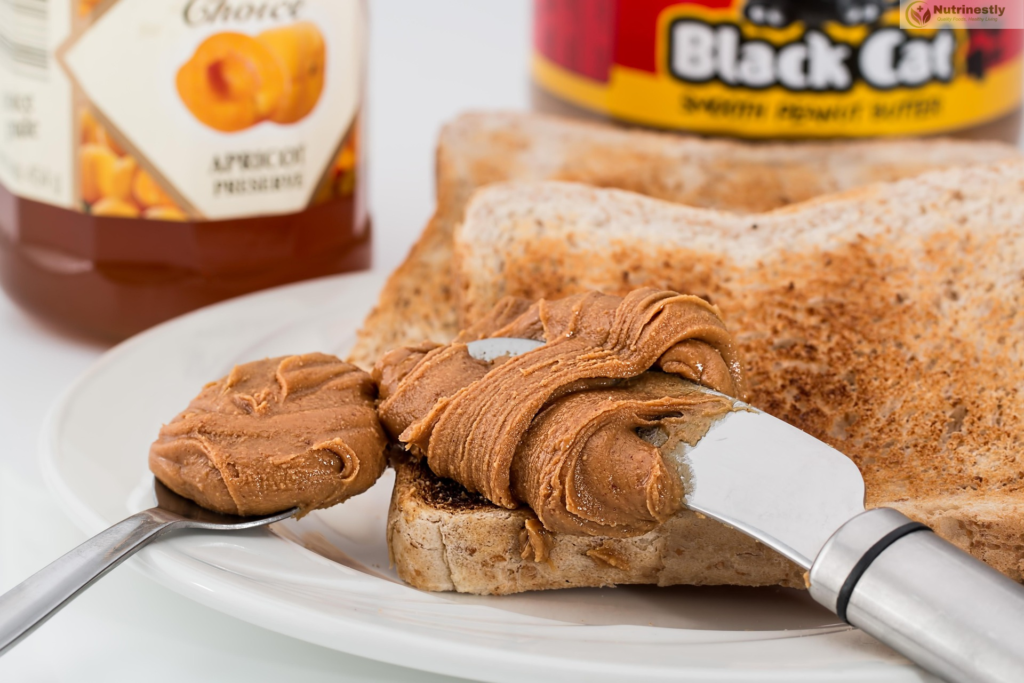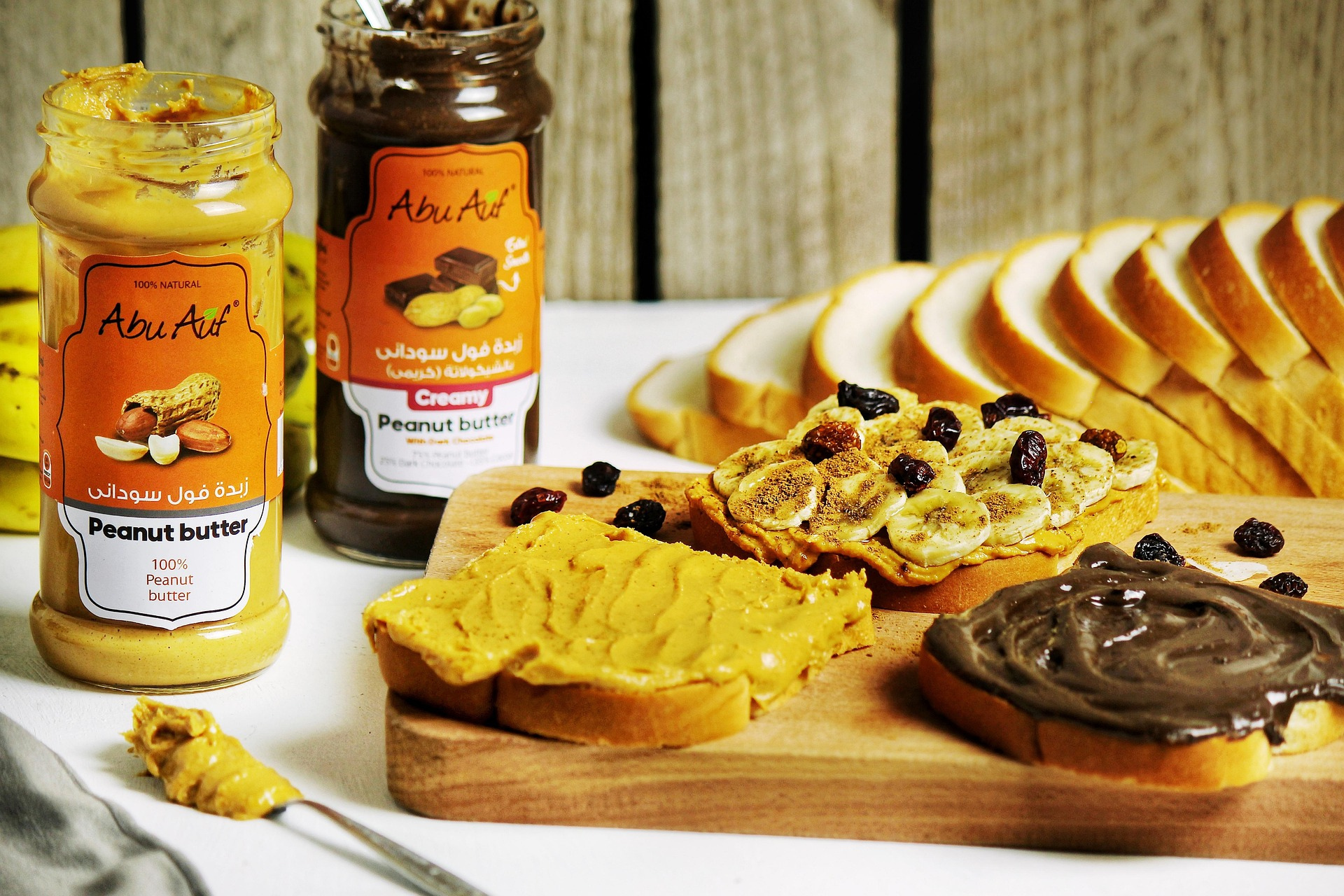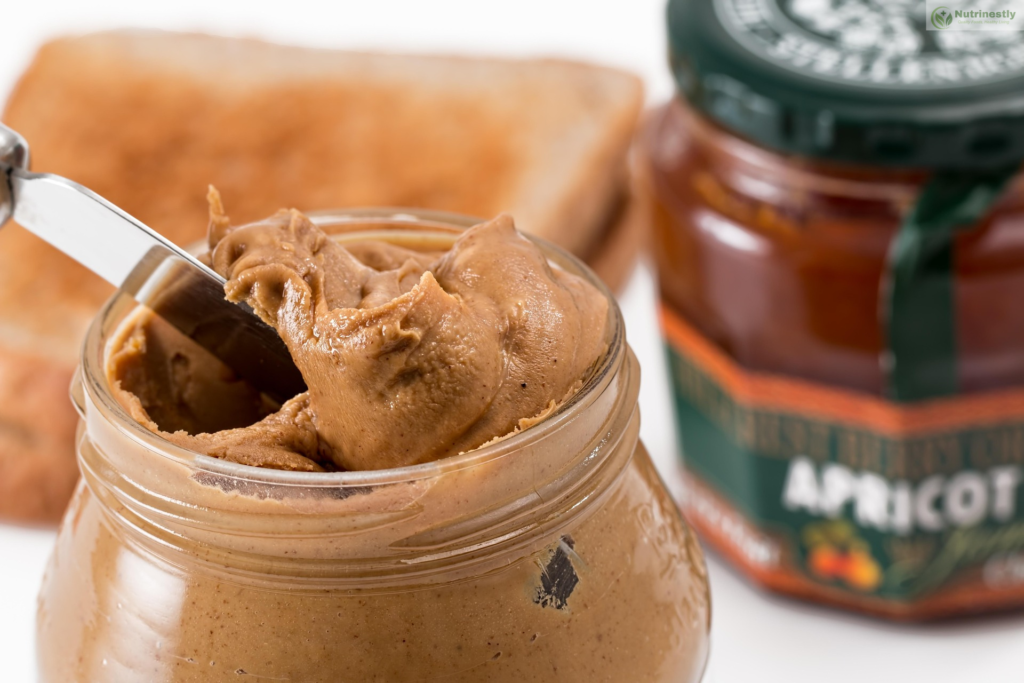
1. A Fresh Look at Healthy Peanut Butter Cups
The old peanut butter cups have been a guilty indulgence, gobbled up for the rich, chocolatey flavor. But with rising health consciousness, the old favorite is being transformed. Behold, the healthy new generation of peanut butter cups—a health-conscious, guilt-free alternative to the old favorite that will indulge your sweet tooth and propel your path to wellness.
What are Healthy Peanut Butter Cups?
Clean peanut butter cups are a cleaner version of the original. They substitute hydrogenated oils and processed sugar with improved alternatives like dark chocolate, organic peanut butter, and sweetener substitutes. They are also more likely to be artificial, additive-free, so they are a great clean snacking and healthy eating choice.
These peanut butter cups have the same fantastic flavor combination of peanut butter and chocolate but with a healthier spin to accommodate many different diets, such as vegan, keto, gluten-free, and paleo.
Traditional vs. Healthy Peanut Butter Cups
| Feature | Traditional Peanut Butter Cups | Healthy Peanut Butter Cups |
| Peanut Butter Type | Sugary, processed | Natural, unsweetened |
| Chocolate Used | Milk chocolate | Dark chocolate (70% or more cocoa) |
| Sweeteners | Refined sugar, corn syrup | Honey, maple syrup, stevia |
| Preservatives | Common | Rare or none |
| Nutritional Value | Low | High in healthy fats and nutrients |
Why Balanced Snacking is Essential
Balanced snacking keeps you energized, speeds up metabolism, and prevents overeating during meals. Balanced peanut butter cups offer an ensemble of protein, fiber, and healthy fats, making them an ideal snack to quell hunger and feed your body the natural way.
Quick Quiz: What do you think is most important about a healthy snack?
- Low sugar
- Natural ingredients
- All of the above
2. Nutritional Advantages of Peanut Butter
Peanut butter is also generally misunderstood as being overly decadent, yet if responsibly chosen, it is a nutritional powerhouse.
Healthy Fats and Protein
Natural peanut butter includes monounsaturated fats that support heart health. Two tablespoons of serving contain about 8 grams of protein, supporting muscle repair and satiety.
These nutrients are the cause of weight control and satiety. Unlike empty-calorie foods, peanut butter snacks have the ability to store you full for a few hours.
Vitamins and Minerals
Peanut butter consists of rich amounts of essential nutrients such as:
Vitamin E: A powerful antioxidant that takes care of the skin
Magnesium: Required for muscle and nerve function
Niacin (B3): Supports digestion and metabolism
Zinc and Iron: Enhances the immune system
Fiber Content : One of the biggest benefits of peanut butter is its fiber content, which facilitates digestion and promotes healthy blood sugar levels. Fiber slows down the absorption rate of sugar and provides regular bowel movements.
Did You Know? Two tablespoons of peanut butter provide up to 10% of your daily recommended intake of fiber!
3. Choosing the Right Ingredients
To create tasty and nutritious peanut butter cups, it’s advisable to utilize high-quality ingredients.
Natural vs. Processed Peanut Butter
Natural peanut butter only contains peanuts (perhaps a pinch of salt). Processed ones contain added sugar, oils, and preservatives.
| Comparison | Natural Peanut Butter | Processed Peanut Butter |
| Ingredients | Peanuts, Salt (optional) | Sugar, Oils, Additives |
| Nutritional Value | High | Lower |
| Health Impact | Positive | May contribute to weight gain and health issues |
Purchasing peanut butter that does not contain added oils and sugars guarantees that you receive the utmost nutrition with minimum risk to your health.

Substitutes for sweeteners
Sugar abstinence? Sweet alternatives hide:
Honey: Nature’s Sweetness, antioxidant powerhouse
Maple Syrup: Rich in zinc and manganese
Stevia: All-natural sweetener with no calorie content
Dates: High-fiber sweetness flavor
Sweetness Tip: Try your sweetener mixture before you blend it together with chocolate in order to achieve the perfect blend of flavor.
Chocolate Options
Dark Chocolate (70%+ cocoa): Low-sugar, antioxidant powerhouse
Milk Chocolate: Sweet but typically more fat and sugar
Raw Cacao: Most delicious antioxidant but very bitter
Pro Tip: Always be sure to look at the wrapper of the chocolate for hydrogenated oils and added sugars.
4. Healthier Peanut Butter Cups
Do these steps again and have fun making them in the comfort of your own home.
Ingredients
- 1 cup natural peanut butter
- 2 tablespoons coconut oil
- 1–2 tablespoons maple syrup or honey
- 1/2 teaspoon vanilla extract
- 1 1/2 cups dark chocolate chips (70+)
Optional sea salt
Instructions:
- Prepare the Peanut Butter Filling: Combine peanut butter, coconut oil, sweetener, and vanilla until blended.
- Melt the Chocolate: Microwave or double boiler chocolate chips to smooth texture.
- Layer the Cups:
- fill chocolate liners with chocolate
- Freeze for 10 minutes
- Top with peanut butter mixture
- Add second layer of chocolate
- Chill: Freeze for an additional 20–30 minutes until firm.
- Serve & Enjoy: Refrigerate and serve as dessert or snack.
Chocolate Melting Tips
- Stir with silicone spatula
- Do not sit in direct heat to burn
- Add dash of coconut oil for rich texture
| Method | Pros | Cons |
| Microwave | Super quick & easy to do | Can easily burn the chocolate if overheated |
| Double Boiler | More controlled, melts evenly | Takes more time and setup |
5. Vegan and Allergy-Friendly Variations
Healthy peanut butter cups can be adapted for almost any dietary need.

Vegan Substitutions
| Ingredient | Substitute |
| Honey | Maple syrup, agave |
| Chocolate | Vegan dark chocolate |
Nut-Free or Gluten-Free Options
- Use sunflower seed butter instead of peanut butter
- Choose certified gluten-free chocolate
Allergy Substitutions
| Allergen | Alternative |
| Dairy | Coconut or almond milk chocolate |
| Nuts | Seed butters (sunflower, pumpkin) |
User Tip: Always double-check product labels to ensure they’re safe for your specific dietary needs.
6. Creative Flavor Additions
Why old-school when you can be bold?
Peanut Butter Substitutions
- Almond Butter
- Cashew Butter
- Sunflower Seed Butter
- Hazelnut Butter
Spices & Extracts
- Cinnamon
- Vanilla
- Nutmeg
- Cardamom
Add-Ins
- Chia seeds
- Crushed nuts
- Puffed rice
- Coconut flakes
- Freeze-dried fruits
User Poll: Your Top Pick Flavor Addition
- Cinnamon Swirl
- Crunchy Chia
- Nut-Free Delight
- Coconut Crave
7. Portion Control and Serving Ideas
Mindful eating counts, even when treats are healthy.
Serving Sizes
Serve as a healthy snack in 1–2 cups. Savoring food slowly and consuming each bite slowly regulates hunger hormones and turns off overeating.
Pairing Suggestions
- Sliced apples
- Greek yogurt
- Oatmeal topping
- Fresh berries
- Herbal tea
Storage Hints
- Store in airtight container
- Refrigerate up to 2 weeks
- Freeze up to 3 months
Bonus Tip: Label frozen batches with date to track freshness.
8. Health Benefits Beyond Basic Nutrition
Peanut butter cups are more than tasty—convenient snacks, as well!
Energy & Satiety
- Protein+ fat = sustained energy
- Ideal for pre/post exercise or office marathons during the day

Healthy Fats & Your Diet
- Keep heart healthy
- Supply brain activity
- Regulate hormones
Mood-Boosting Chocolate
Dark chocolate releases endorphins and increases serotonin. And it’s packed with flavonoids, which have been proven to get the blood flowing and reduce inflammation.
Fun Fact: Chocolate actually reduces cortisol, the stress hormone!
Survey: Do you eat chocolate when you’re stressed?
- Yes, always!
- Sometimes
- Never
9. Troubleshooting Common Issues
Chocolate Not Hardening?
- Leave it with adequate chilling time
- Use tempered chocolate if that is the problem
- Try working with silicone molds for more structure
Peanut Butter Spillover
- Don’t overfill the center
- Thicken the consistency of peanut butter
- Chill each layer for an extended period so that it holds its shape
Balance Flavor
- Gradually wean with sweeteners
- Sprinkle with salt to taste better
- Experiment by adding lemon or orange zest for some extra zing
Quick Fix Table
| Problem | Solution |
| Chocolate too firm | Add more coconut oil |
| Too sweet | Decrease the sweetener or use stevia |
| Not sweet enough | Add a bit more honey or syrup |
10. Conclusion and Call to Action
Healthy peanut butter cups: a treat and a way of life. With natural ingredients and tweaking to your taste, you can turn a guilty pleasure into a daily delight.
Durable Lessons:
- Easy to make, beautiful to eat
- Nutritious and diet-friendly
- Energy powerhouse, mood elevator, and flavor champion
- Gift-giving friendly, snacking ready, and meal prep approved
Be Part of the Movement! Share your peanut butter cup recipes on social media with hashtag #HealthyPBDelight. Inspire us to healthy snacking, together!
Stay Connected
Hungry for more recipes like these? Subscribe to our newsletter or follow us on Instagram @Nutrinestly for daily health tips and healthy treats.

